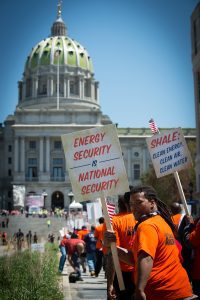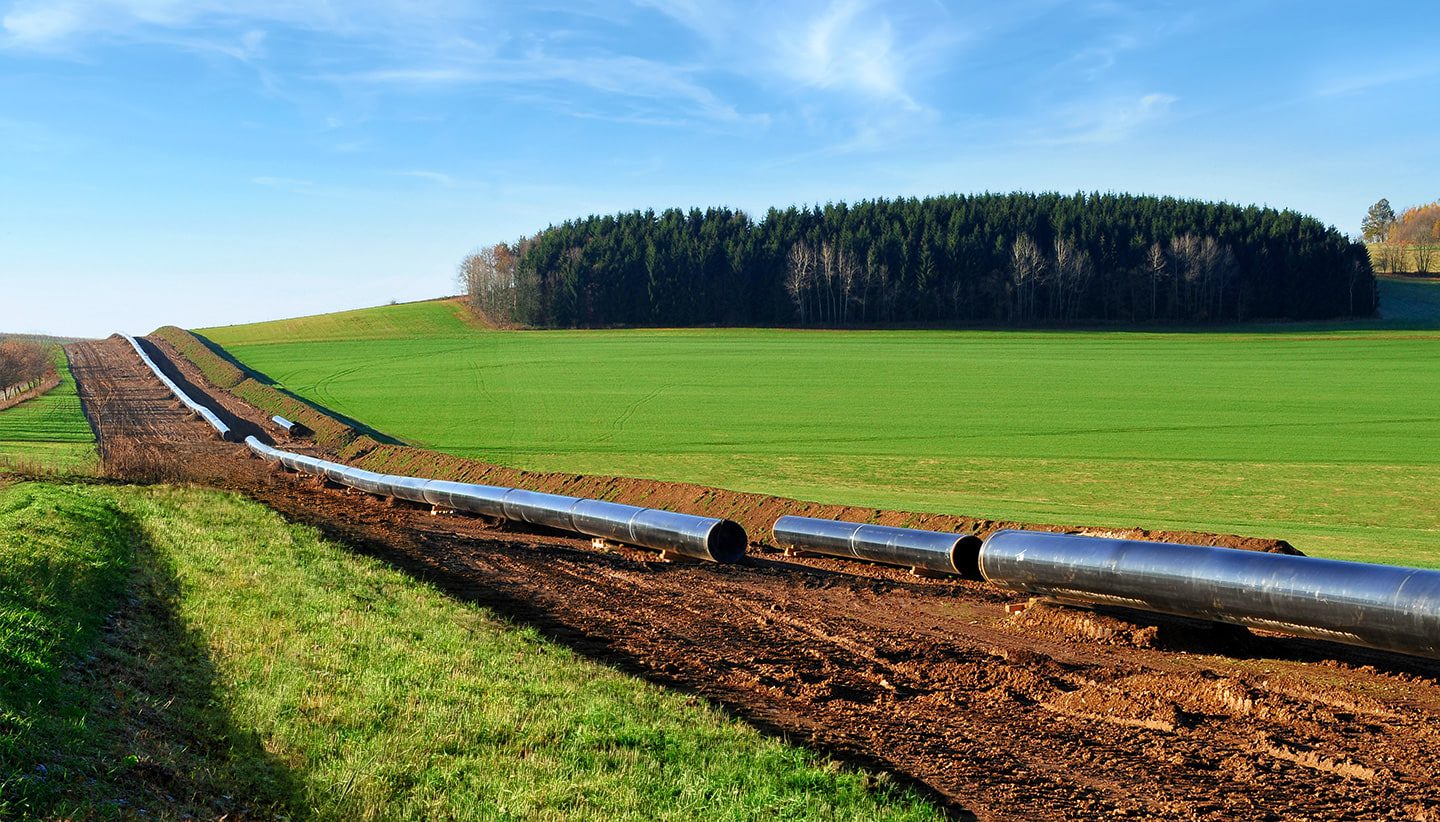As President Biden unveils his $3+ trillion infrastructure plan in Pittsburgh today, it is natural gas produced from the region that’ll be key to driving economic growth and continuing America’s environmental and climate leadership.
“The Biden administration has made it a priority to “build back better” while achieving broad climate goals, but these ambitions hinge on the availability of low-cost and reliable energy,” MSC president Dave Callahan wrote in InsideSources this week.
“American shale is – and will continue to be – our most important tool to get us there,” Callahan continued.
Here are a few things to keep in mind as Biden visits Pittsburgh, the energy capital of the northeast:
Natural gas infrastructure projects boost union employment, invest in local economy
As a national leader in shale development, Pennsylvania’s growth in the production, transportation, and use of natural gas – along with small business growth up and down the value chain – continues to be a driving force of the state economy.
From pipelines to manufacturing facilities, investing and upgrading critical energy infrastructure (using the region’s skilled and ready labor force) is a commonsense approach to getting Americans back to work, stimulate economic growth, and rebuild a sustained post-pandemic recovery both here and abroad.
“We need infrastructure. We need to get product to market – whether it’s the Great Plains, or in Pennsylvania or elsewhere,” Callahan told Bill Flanagan on WPXI’s Our Region’s Business. “We need infrastructure projects like the regional Mountain Valley Pipeline going through West Virginia and Virginia, or even PennEast out in eastern Pa., as well as innovative ways to get product to market.”
Green New Deal-styled policies jeopardize jobs, threaten reliability
Energy crises in New York and California demonstrate the type of reliability challenges that come with harmful policies aimed at banning natural gas development. Whether it’s rolling blackouts from extreme heat or gas shortages from infrastructure constraints, natural gas’ round-the-clock availability is key to keeping the lights on – especially as intermittent wind and solar sources expand market share.
Whether at the state or federal level, we need to come together and focus on commonsense solutions that make tangible progress.
Natural gas essential to achieving climate goals
“We have an economic story to tell, but we also have an environmental story to tell,” MSC’s Callahan recently said on KDKA Radio.
To Callahan’s point, the nation’s leadership in carbon emission reductions is directly linked to the growing share of natural gas in America’s power sector. It’s widely known that as more gas is used, carbon emissions and other volatile organize compounds (VOCs) in the atmosphere decline.
With the rise of countries around the world – most notably, Asian countries – pledging to reduce greenhouse gas emissions and realize similar environmental progress, American natural gas via LNG exports “play an important role” in helping countries achieve those goals, U.S. Energy Secretary Jennifer Granholm told Congress earlier this year.
Charting the path of economic growth and environmental progress is no easy feat, especially at a global level, but we can have both, thanks to American shale, and create quality job opportunities along the way.
Energy security is national security
 If there’s one thing last week’s Suez Canal blockage – which restrained global oil and natural gas supply for nearly a week – taught us, it’s the fundamental national security benefits of having an abundant domestic supply of our world’s most important energy resources.
If there’s one thing last week’s Suez Canal blockage – which restrained global oil and natural gas supply for nearly a week – taught us, it’s the fundamental national security benefits of having an abundant domestic supply of our world’s most important energy resources.
Further, America’s energy abundance presents an opportunity to use those resources for diplomacy purposes and foreign policy negotiations. Countries once reliant upon energy from less democratic nations can now access U.S. shale, where we can certify it is produced, transported, and delivered with strict environmental standards and regulatory oversight.
As the administration and congress work to reach broad policy agreements regarding energy, the environment, and infrastructure, they should look to the American success story of Pennsylvania shale for guidance.





